July 9, 2025
The new issue of Works magazine is available for you to read here
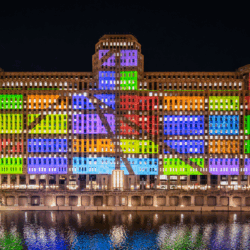 Bigger and better than ever, the digital edition of the new issue of Works magazine is available for you to read for free. Print copies will be in the post soon. In this issue: we speak with Jonathan Hindle and Craig Jones, two stalwarts of the UK office design scene who continue to pioneer new ideas; our round table considers the challenges that arise when projects seem to cross the lines of professional demarcation and what happens when high profile examples such as The Elizabeth Line win awards outside of their supposed domain; we profile two projects that prove there is life in business districts yet; we showcase the latest winners of the Design Guild Mark; look at office trends in the thriving Polish economy; Rob Kirkbride reports from Chicago Design Week, as its two competing centres threaten to tear it apart; look back on Clerkenwell Design Week now the dust has settled; and there are all the regular features, news and commentary you need.
Bigger and better than ever, the digital edition of the new issue of Works magazine is available for you to read for free. Print copies will be in the post soon. In this issue: we speak with Jonathan Hindle and Craig Jones, two stalwarts of the UK office design scene who continue to pioneer new ideas; our round table considers the challenges that arise when projects seem to cross the lines of professional demarcation and what happens when high profile examples such as The Elizabeth Line win awards outside of their supposed domain; we profile two projects that prove there is life in business districts yet; we showcase the latest winners of the Design Guild Mark; look at office trends in the thriving Polish economy; Rob Kirkbride reports from Chicago Design Week, as its two competing centres threaten to tear it apart; look back on Clerkenwell Design Week now the dust has settled; and there are all the regular features, news and commentary you need.





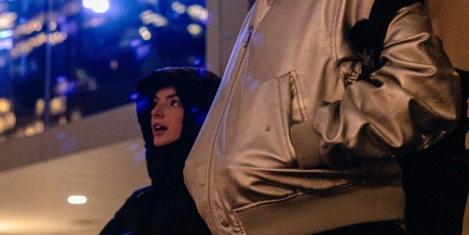
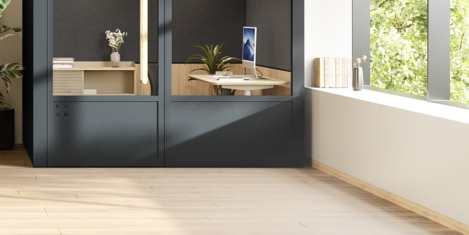
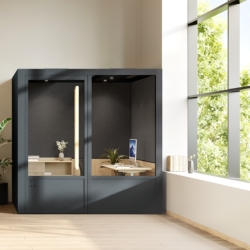
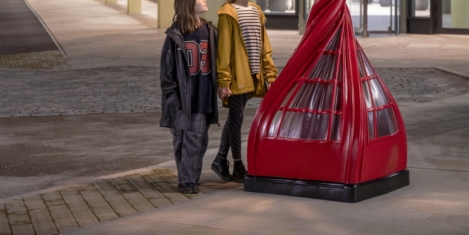
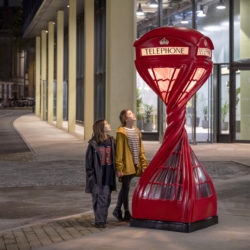
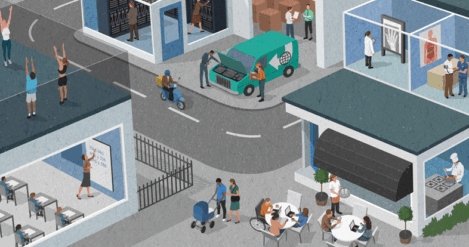
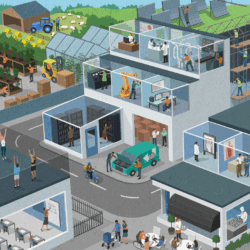


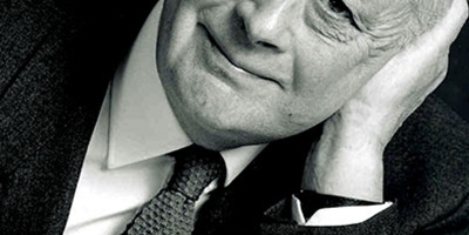
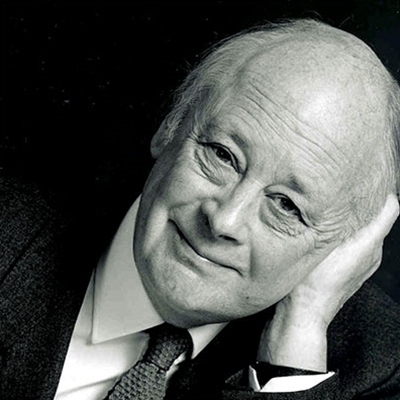




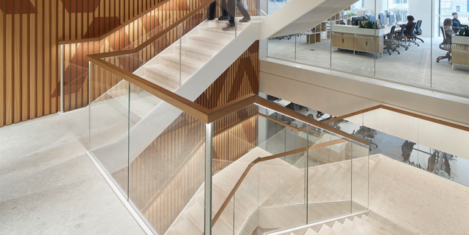
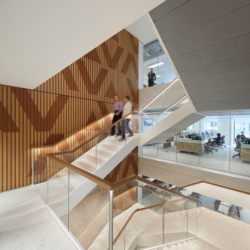


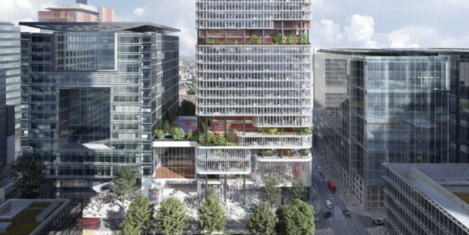
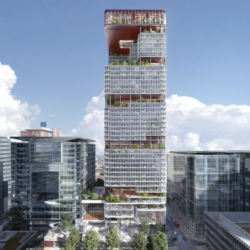 In a significant redevelopment move, 8 Canada Square, currently the headquarters of HSBC, is set to be transformed into a modern multi-use skyscraper once the bank vacates its
In a significant redevelopment move, 8 Canada Square, currently the headquarters of HSBC, is set to be transformed into a modern multi-use skyscraper once the bank vacates its 






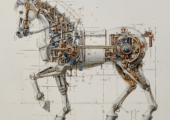
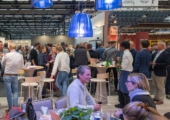
June 6, 2025
Milan proves to be the perfect setting for an optimistic BCO conference
by Anna King • Comment, Property